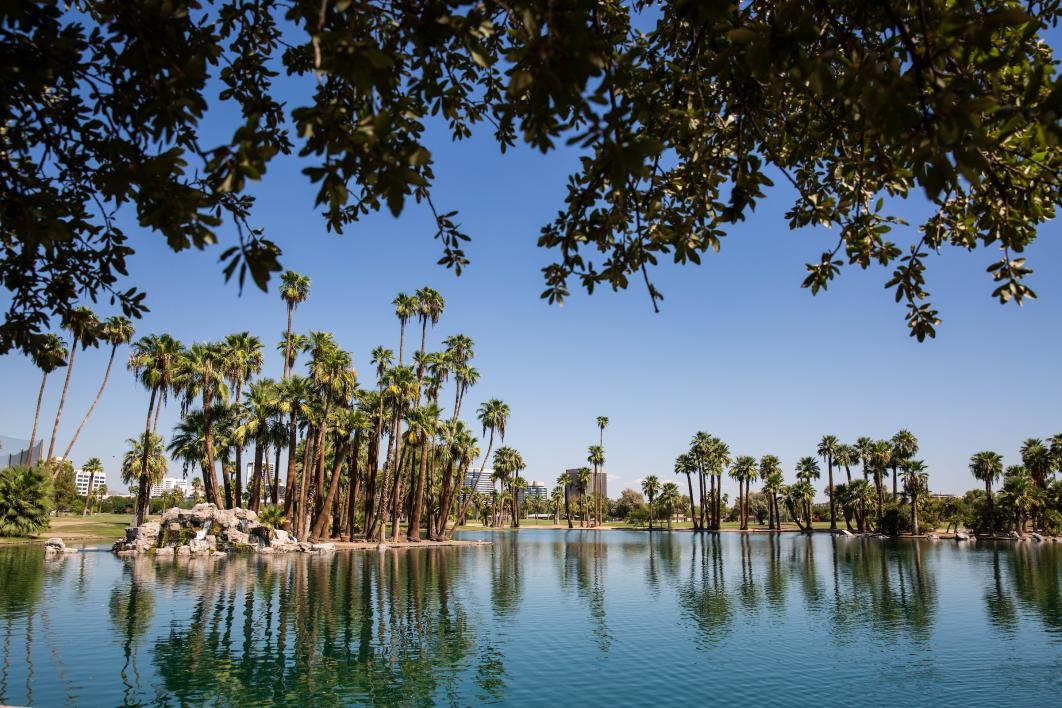Source: Arizona Game and Fish Department Website – September 2018
The Arizona Game and Fish Heritage Grant cycle is now open.  $412,000 is available for the 2019 grant cycle through a competitive application process in various categories (Environmental Education, Outdoor Education, Schoolyard Habitat, Urban Wildlife/Habitat, Public Access, and IIAPM). In addition to government agencies the Department welcomes non-profit organizations to apply for a Heritage Grant as eligible applicants. This eligibility applies to any non-profit group which meets the internal revenue service definition of a 501(c) organization. One original application and required supporting documents must be received by mail or email to the Department’s Wildlife Grant Administrator no later than 5:00 p.m. on Wednesday, October 31, 2018.
$412,000 is available for the 2019 grant cycle through a competitive application process in various categories (Environmental Education, Outdoor Education, Schoolyard Habitat, Urban Wildlife/Habitat, Public Access, and IIAPM). In addition to government agencies the Department welcomes non-profit organizations to apply for a Heritage Grant as eligible applicants. This eligibility applies to any non-profit group which meets the internal revenue service definition of a 501(c) organization. One original application and required supporting documents must be received by mail or email to the Department’s Wildlife Grant Administrator no later than 5:00 p.m. on Wednesday, October 31, 2018.
Heritage Fund money comes from Arizona Lottery ticket sales and was established by voter initiative in 1990. Heritage funding goes toward conservation efforts such as protecting endangered species, educating students and the general public about wildlife and the outdoors, and creating new opportunities for outdoor recreation.The Heritage Fund Grant Program was established by the Arizona Game and Fish Department in 1992 as part of the overall Heritage Fund program. The grants program initially was developed as a way to promote outreach in order to enhance important partnerships and generate fresh approaches in support of the department’s mission. Since inception, the department has had the opportunity to award more than $16 million through the Heritage Fund grants program and support more than 800 projects throughout the state.
was established by voter initiative in 1990. Heritage funding goes toward conservation efforts such as protecting endangered species, educating students and the general public about wildlife and the outdoors, and creating new opportunities for outdoor recreation.The Heritage Fund Grant Program was established by the Arizona Game and Fish Department in 1992 as part of the overall Heritage Fund program. The grants program initially was developed as a way to promote outreach in order to enhance important partnerships and generate fresh approaches in support of the department’s mission. Since inception, the department has had the opportunity to award more than $16 million through the Heritage Fund grants program and support more than 800 projects throughout the state.
Applicants for the 2019 grant cycle should refer to the documents on the Heritage Grant web page for guidance on applying. The following documents have been revised and posted Sept. 12, 2018 to include the Heritage Grant Application Manual, the Heritage Grant Application Forms, and the various “Heritage Grant Funding Windows” documents, which describe eligibility information and provide specific guidance for goals and objectives listed within each grant sub-category.
Potential grant recipients must have a project that is either located in Arizona or involves research in which the wildlife or its habitat is located in the state and meets the requirements in the funding windows.
For more information regarding the Heritage Grant, please contact Robyn Beck, Heritage Fund Grants Coordinator, Funds Planning Section by email rbeck@azgfd.gov or phone at 623-236-7530.
 presentation on its website kicking off the 2nd phase of public input for establishing and maintaining a discretionary, dedicated funding source for public awareness and education. The Arizona Game and Fish Commission recently directed the Department to analyze ideas submitted by the public: the addition of a big game bonus point option, and the potential to expand revenue sources from non-traditional customers.The public is invited to view the online presentation, then submit comments specific only to the proposals via email (ideas@azgfd.gov) throughout a public input period that ends Nov. 18.
presentation on its website kicking off the 2nd phase of public input for establishing and maintaining a discretionary, dedicated funding source for public awareness and education. The Arizona Game and Fish Commission recently directed the Department to analyze ideas submitted by the public: the addition of a big game bonus point option, and the potential to expand revenue sources from non-traditional customers.The public is invited to view the online presentation, then submit comments specific only to the proposals via email (ideas@azgfd.gov) throughout a public input period that ends Nov. 18.






You must be logged in to post a comment.